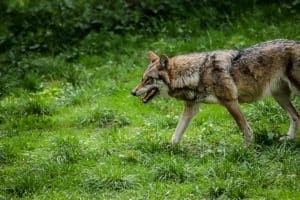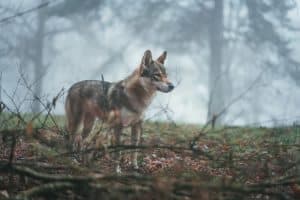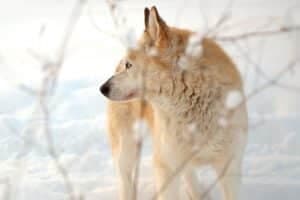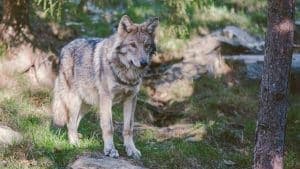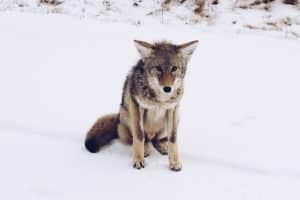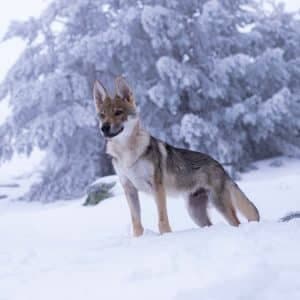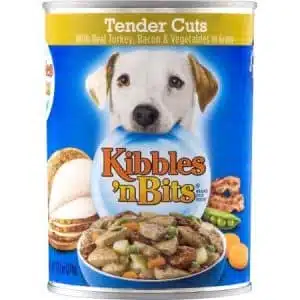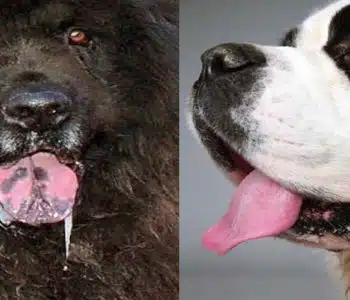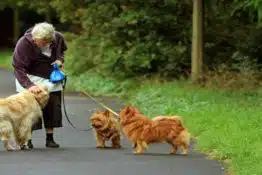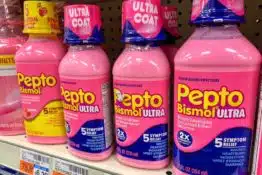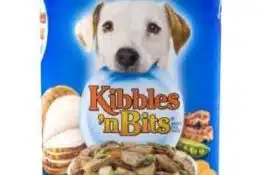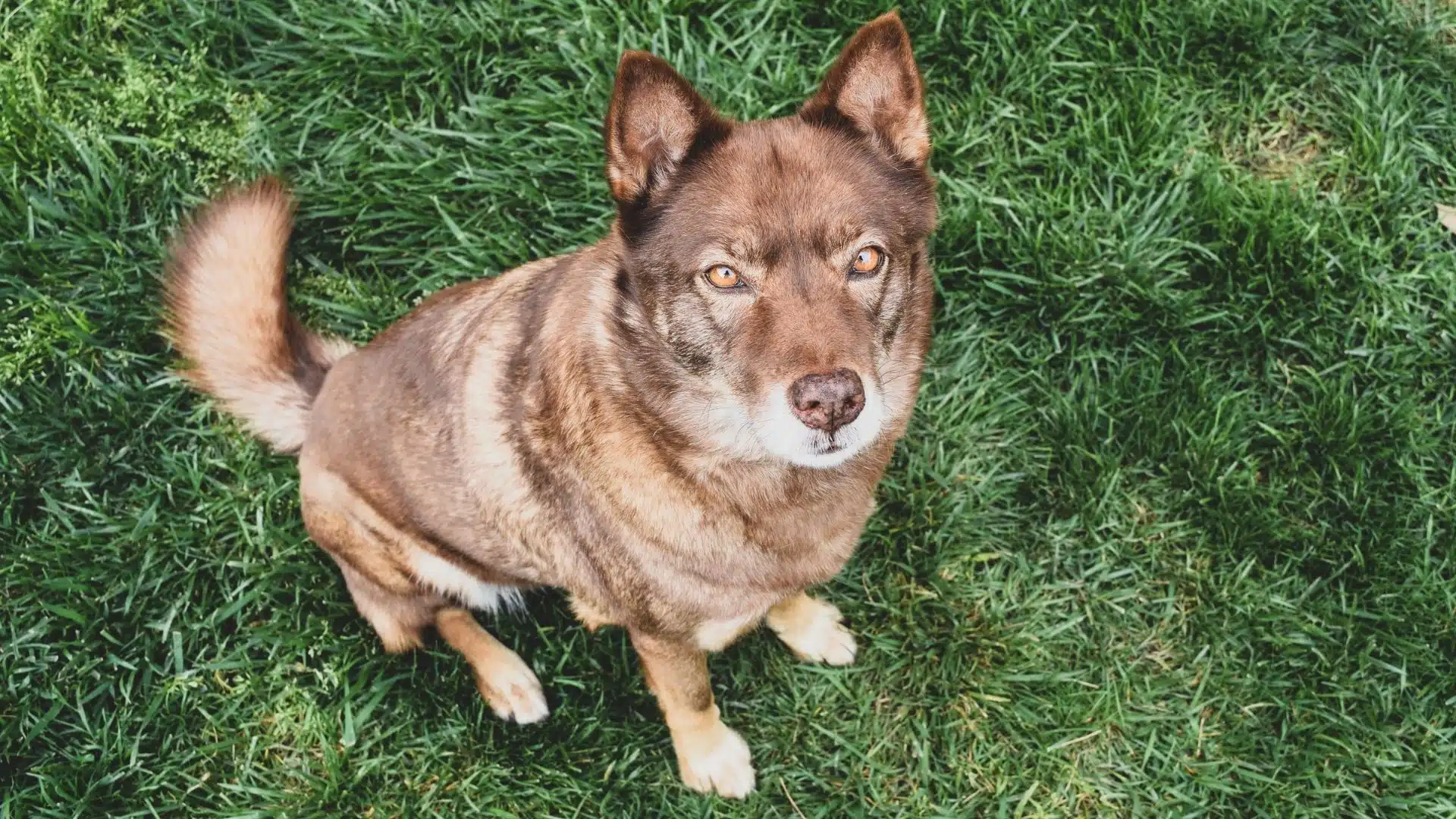
10 Facts You Should Know About Coydogs (with Pictures)
What Is A Coydog?
Here are some facts you should know about Coydogs. So, what is this breed? A Coydog is the product of a coyote and a domestic dog. Since these two canids are different species (Canis latrans and Canis lupis familiaris), the Coydog can be considered a canid hybrid.
Coydogs exhibit a mixture of characteristics from each parent, but crossbreeding has been occurring for so long that the exact percentages of the wild hybrids are unknown.
Best Dog Food for Your Furry Friends
Consider our top-quality formula for the best dog food that keeps your furry friend happy and healthy. Packed with essential nutrients, real meat, and wholesome grains, it provides a balanced diet tailored to your dog’s needs. Our carefully selected ingredients support overall well-being, from a shiny coat to strong bones. Plus, with no artificial additives or fillers, you can trust that your canine companion gets the nutrition they deserve. Choose the best for your dog’s wagging tail and boundless energy

- Essential, high-quality protein for healthy muscle development, and carbs for energy for an active life.
- Calcium, phosphorus and essential vitamins for strong bones and teeth.
- Glucosamine is added for joint health and mobility support.
- Vitamins, chelated minerals and antioxidants contribute to your pup's immune system health.
- No corn, wheat, soy or chicken (or poultry) by-product meals.
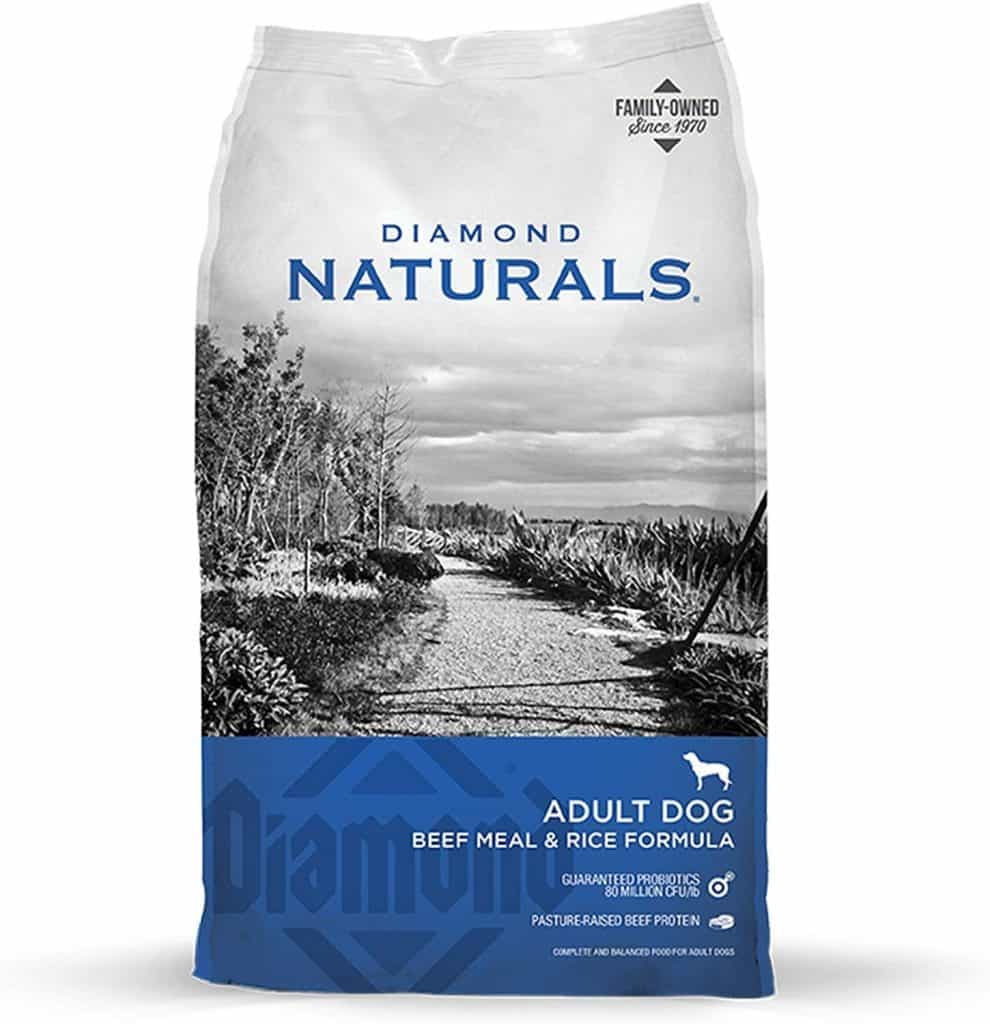
- Made in the USA by a family-owned company using quality ingredients from trusted domestic and global sources.
- With real pasture-raised beef protein as the #1 ingredient, this recipe helps support bones, joints and lean, strong muscles.
- Beef protein provides energy and muscle building blocks, omega fatty acids promote skin and coat health and superfood fruits like blueberries and oranges offer vitamins and minerals.
- Each serving includes species-specific K9 strain proprietary probiotics, plus antioxidants and prebiotics to help support healthy digestion, immune system health and overall wellness.
- Made without corn, wheat, artificial flavors or colors.
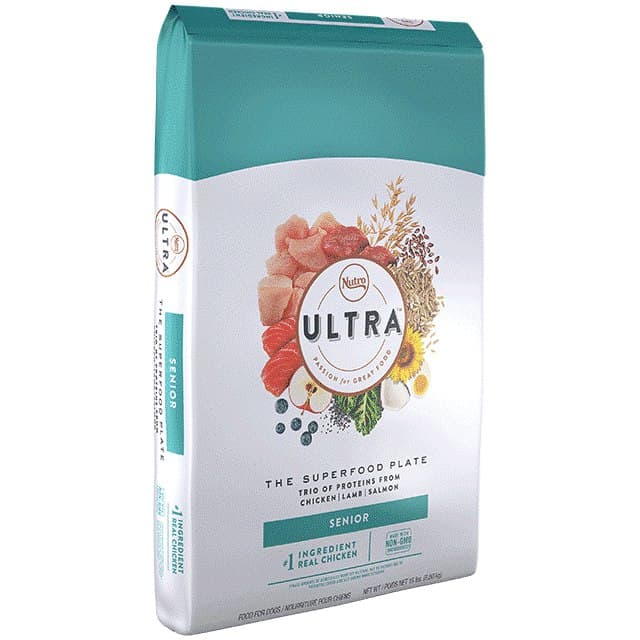
- Protein-rich formula features chicken, lamb, and salmon—and chicken is the first ingredient!
- Contains a blend of 15 superfoods including coconut, chia, kale, and blueberries that promote coat and skin health.
- Recipe specially formulated for senior dogs using only high-quality, real ingredients to provide complete and balanced nutrition.
- Ingredients are sourced from trusted farmers and rigorously tested for quality and food safety.
- No artificial preservatives, flavors, or colors, and chicken by-product meal, corn, wheat, and soy protein free.
1. Is A Coydog Similar to a Wolf?
The Coydog is a canid hybrid similar to a wolf. Canids such as dogs, coyotes, and jackals are described as “wolf-like.” Any wolf-like species is capable of interbreeding with one another. This is how canid hybrids like the Coydog occur.
Coydogs are sometimes confused with Coywolves, which blend the coyote with the wolf. Coywolves are more common than Coydogs. In fact, most North American gray wolf populations have at least some coyote genetics in their gene pool.
2. How Common Are Coydogs?
Coydogs are not very common in the wild. So why do Coywolves happen to be more common than the Coydog? There are a couple of reasons.
One important factor is that the mating seasons of dogs and coyotes don’t occur at the same time. Coyotes’ short mating season occurs during the winter while dogs’ true mating season is in the spring. That said, domestic dogs’ interaction with humans has altered their mating “season” because dogs, as a species, can reproduce year-round.
A bigger issue with dogs and coyotes reproducing is that coyotes don’t get along with dogs nearly as easily as wolves do. The coyote-dog hybridization occurs mainly when coyotes expand into new areas where they are unable to find coyote mates, so they breed with dogs instead.
Dogs and coyotes do not form pair bonds as they would with their own kind, so only the mother cares for the resulting litter. This leads to lower survival rates for Coydog puppies.
3. What Do Coydogs Look Like?
The appearance of a Coydog can vary depending on the breed of the dog parent. In general, Coydogs are athletic and strong. They are medium to large in size, often with triangular, upright ears and a long muzzle. These hybrids can both howl like coyotes and bark like dogs.
A Coydog’s eyes are generally brown, and the tail is bushy and points downwards. Coydogs typically maintain the dense coat and sable coloration of the coyote parent, but can also be white, brown, or black.
These hybrids can weigh anywhere between 60 and 120 pounds and typically stand between 22 and 28 inches at the shoulder.
4. Are Coydogs Sterile?
Many hybrids, such as a mule (a horse and donkey hybrid) or a liger (a lion and tiger hybrid) produce sterile offspring. This means the resulting hybrid cannot produce babies with either parent species or another hybrid. Coydogs, on the other hand, are perfectly capable of reproducing.
5. When Did Coydogs First Occur?
Evidence shows that coyote-dog hybrids have been occurring since long before Europeans colonized North America. In Mexico, human populations such as the one in Teotihuacan intentionally created Coydogs. These people revered the coyote, and so bred them with domestic dogs in order to produce guardian animals that were fierce and loyal but also temperamental.
Likewise, the people in northern Canada also bred Coydogs. They wanted hardier canines to pull their sleds. This practice continued well into the 20th century.
6. What Is the Temperament of a Coydog?
Coydog temperaments can vary greatly. They may be docile and manageable like their domestic dog parent, but will often exhibit some degree of the wild and mischievous behavior of the coyote parent.
One of the very important facts you should know about Coydogs is they are highly unpredictable and should only be cared for by those who understand them well; these are not dogs for a first-time dog owner.
Coydogs can be shy and timid, gentle and friendly, or fearful and aggressive. If someone adopts a Coydog, they are usually a one-person pet, bonding strongly to only one individual. There have been some cases, however, of a Coydog being socialized and trained from a young age to become a loving member of the family.
7. How Much Exercise Does A Coydog Need?
Coydogs are at least half “wild” animals. They are energetic and agile, inheriting their high levels of energy and endurance from the coyote parent that needs to hunt to survive. Coydogs need strict, daily exercise schedules to make sure they burn off all that excess energy.
Rigorous activities such as brisk walking, jogging, high-intensity playtime, or long hikes are all examples of good activities to tire out a Coydog. A tired dog is a well-behaved dog. Dogs, especially as energetic as Coydogs, if not given adequate exercise will resort to undesirable and even destructive behaviors.
8. How Healthy Is A Coydog?
Coydogs are hardy, like their wild ancestors, strong and fit for survival in the wilderness. They have very few health issues to expect.
- Hip dysplasia (bones of the hip joint don’t fit together correctly)
- Elbow dysplasia
- Arthritis
The life expectancy of a Coydog is highly variable and can be anywhere from 5 to 15 years. Much of this, of course, depends on if they are being cared for by humans or surviving in the wild.
9. How Do You Properly Groom a Coydog?
Coydogs are not very high maintenance when it comes to grooming. Though their needs depend on coat type and the breed of the dog parent, they likely only need to be brushed when necessary and groomed even less often.
Despite their need for regular coat maintenance, you should still check them over for signs of skin irritations or allergies. Trimming their nails regularly, perhaps once a month is recommended.
10. Does A Coydog Make A Good Pet For A Family?
One of the most important facts you should know about Coydogs is do not plan to adopt a Coydog unless you are highly trained and confident in your ability to manage a wild animal. that While they are undoubtedly beautiful, Coydogs are also unpredictable, wild, and potentially dangerous.
If someone has their heart set on a canine companion that resembles the domestic dog’s wild cousins but is a safer choice, they might opt for a breed such as a German Shepherd, Siberian Husky, or Alaskan Malamute to satisfy that desire.
80% of Dogs Develop Arthritis or Joint Pain by 7 Years old – Here’s How to Protect Them
Most of us train our dogs when they are puppies to jump up on furniture. We think it’s harmless (and easier than always lifting them), but for dogs, couches and beds are very high compared to the size of their bodies.
Every time they jump it compresses their back and applies enormous force to their joints.
It’s no wonder that an incredible 80% of dogs experience arthritis or joint pain by only 7 years old.
Luckily, there is a vet-recommended solution.
It’s the PawRamp by Alpha Paw. An adjustable ramp that allows dogs to safely get on and off couches and beds. PawRamp makes joining you in bed or on the couch effortless and fun.
As a bonus, you can use code SAVE35 to get $35 off the PawRamp today.

